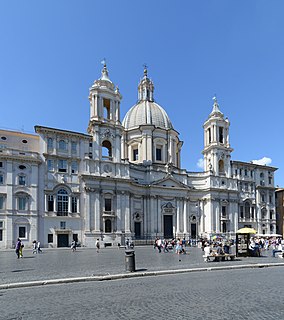
Assisi is a town and comune of Italy in the Province of Perugia in the Umbria region, on the western flank of Monte Subasio.
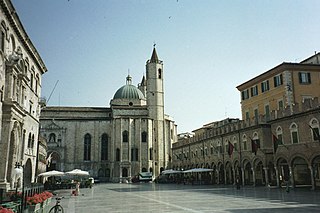
Ascoli Piceno is a town and comune in the Marche region of Italy, capital of the province of the same name. Its population is around 48,278 but the urban area of the city has more than 93,000.
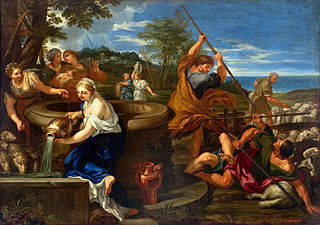
Ciro Ferri was an Italian Baroque sculptor and painter, the chief pupil and successor of Pietro da Cortona.
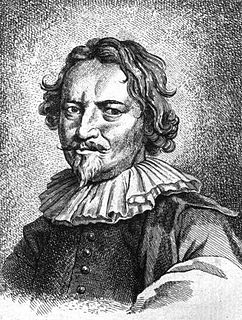
Carlo Fontana was an Italian architect originating from today's Canton Ticino, who was in part responsible for the classicizing direction taken by Late Baroque Roman architecture.
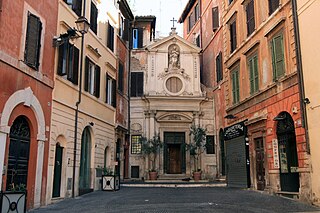
There are more than 900 churches in Rome, including some notable Roman Catholic Marian churches. Most, but not all, of these are Roman Catholic.

Carlo Maratta or Maratti was an Italian painter, active mostly in Rome, and known principally for his classicizing paintings executed in a Late Baroque Classical manner. Although he is part of the classical tradition stemming from Raphael, he was not exempt from the influence of Baroque painting and particularly in his use of colour. His contemporary and friend, Giovanni Bellori, wrote an early biography on Maratta.

Piazza del Popolo is a large urban square in Rome. The name in modern Italian literally means "People's Square", but historically it derives from the poplars after which the church of Santa Maria del Popolo, in the northeast corner of the piazza, takes its name.

The Via del Corso, is a main street in the historical centre of Rome. It is straight in an area characterized by narrow meandering alleys and small piazzas. Considered a wide street in ancient times, today the Corso is approximately 10 metres wide, and it only has room for two lanes of traffic and two narrow sidewalks. The northern portion of the street is a pedestrian area. The length of the street is roughly 1.5 kilometres.

Cesare Nebbia (c.1536–c.1622) was an Italian painter from Orvieto who painted in a Mannerist style.

Giovanni Marracci (1637–1704) was an Italian Baroque painter who after training with Pietro da Cortona in Rome, worked in his home region of Lucca where he painted many altarpieces.
Giuseppe Natali (1652–1722) was an Italian painter of the Baroque period, active mainly in Cremona and Lombardy.

The Villa Celimontana is a villa on the Caelian Hill in Rome, best known for its gardens. Its grounds cover most of the valley between the Aventine Hill and the Caelian.

Cavour is a station on Line B of the Rome Metro, opened on 10 February 1955. It is located on via Cavour, in the Monti rione of Rome, midway between Santa Maria Maggiore and via dei Fori Imperiali.
Pietro Ruga was an Italian engraver, best known for his architectural views (vedute) of Roman monuments, churches and squares.

The Ospedale degli Incurabili or Complesso degli Incurabili is an ancient and prominent hospital complex located on Via Maria Longo in central Naples, Italy. Part of the complex, including the remarkable pharmacy, are now the Museo delle arti sanitarie of Naples.

The Tridente is the complex of roads formed by three straight streets of Rome (Italy), departing from Piazza del Popolo and diverging southward, taking the shape of a trident.
Santa Maria della Piaggiola is a Baroque style, Roman Catholic church just outside Porta Vittoria in the town of Gubbio, region of Umbria, in Italy.

The church and convent of the Santissima Annunziata is a Baroque-style, Roman Catholic church located on Piazza de Servi #4, Pistoia, region of Tuscany, Italy. The convent presently functions as a warehouse. The church is down via Laudesi from the San Desiderio, and via Piazza de Servi, From San Giovanni Decollato.








